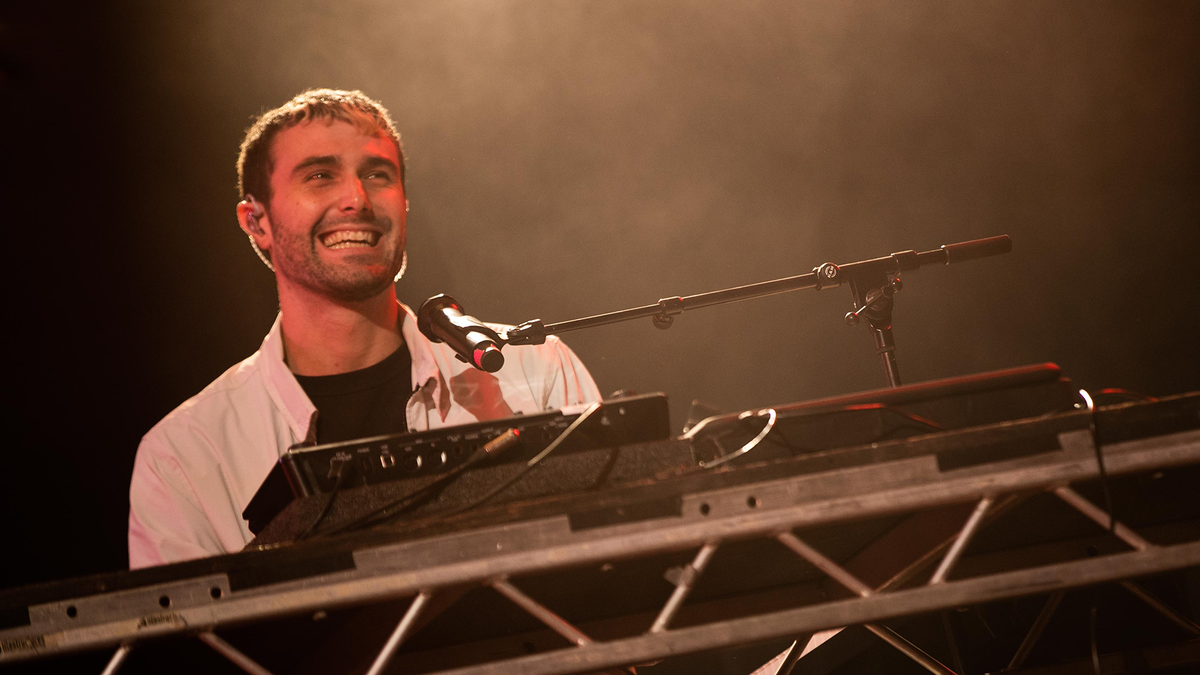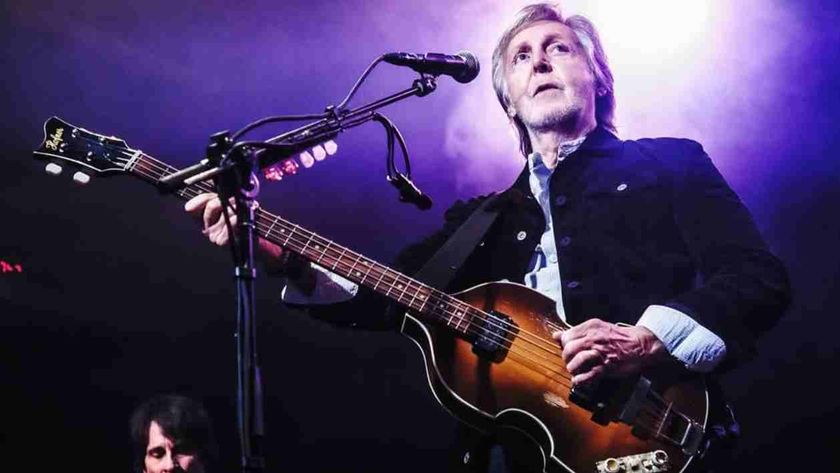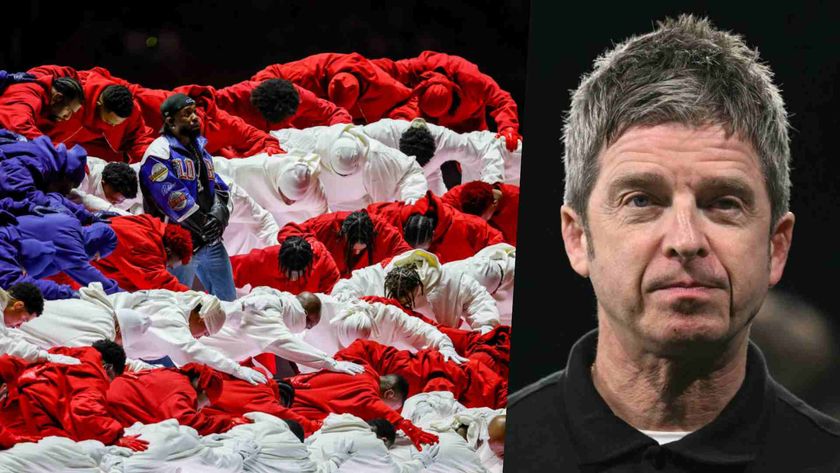“If we go mental enough on the PA… we can make the best-sounding thing ever”: How Fred again.. turned a 77,500-capacity stadium into a nightclub for his biggest ever show
Fred and his team tell Rolling Stone how they engineered an "intimate" vibe for his headline-grabbing performance at the Los Angeles Memorial Coliseum

British electronic artist Fred again.. has enjoyed a meteoric rise over the past few years, but we don't need to tell you that; his perpetually cheerful face has become an unavoidable presence on social media, and whether he's headlining Coachella, dropping viral Boiler Room sets, or collaborating with Brian Eno, Fred is never far from the headlines.
In June, Fred played his biggest ever show, drawing a crowd of over 70,000 fans to the Los Angeles Memorial Coliseum for a monumental performance that saw six stages constructed across the stadium and several guest stars make an appearance, including Obongjayar and The xx's Romy Madley-Croft.
When it comes to sound, though, this wasn't your average stadium show, as Fred and his team have revealed in an interview with Rolling Stone. The aim was to recreate the sonic experience of a nightclub while preserving the "intimate" feel that Fred's shows have become known for - no easy feat in a 77,500-capacity stadium designed primarily for sports.
“I thought it could be a really interesting creative challenge to try and do something big,“ Fred told Rolling Stone. “They were like, ‘This is a big venue, but it looks like it’s one that you could make the sound good at.’”
"If we go mental enough on the PA, it could be possible to make this sound genuinely good"
“Fred mentioned he wanted nightclub sound everywhere,” explained Fred's sound engineer Jamie Tinsley. “In my eyes, the only way to achieve this is to bring the speakers closer to the people. I wanted to design a setup where everyone was within 60 meters of a speaker at any given place. The tricky part here is that the bleacher depth around the stadium is 100 meters alone!”
To give Fred's fans the experience the artist was hoping to achieve, the team installed 21 cardioid speaker stacks halfway up the bleachers, joined by a doughnut-shaped array of 68 triple 21-inch subs circling the stage and additional subs rigged up in strategically placed spots throughout the venue.
“The consensus was like, if we go mental enough on the PA, it could be possible to make this sound genuinely good,” Fred continued. “Then I got really excited at the premise of like, ‘Oh, my God, we can make the best sounding thing ever.’”
Get the MusicRadar Newsletter
Want all the hottest music and gear news, reviews, deals, features and more, direct to your inbox? Sign up here.
"It was unlike any kind of other large-scale show I’ve seen"
"We brought in different sound engineers and experts like, ‘OK, how can we make it sound and have that experience of sounding as incredible as it would have in a thousand-cap room?’” adds promoter Jenn Yacoubian. “It was unlike any kind of other large-scale show I’ve seen, where even that far up you felt just right in the middle of it because of the sound.”
Fred's mission of creating an unforgettable experience for his fans is driven by a desire to connect with each and every attendee through his performance. “The challenge to me at the Coliseum was I really wanted to find ways that I could connect as much as possible to people in this vast space,” he says.
This was achieved not only through the show's sound, but also the stage design; Fred's team constructed a platform dubbed "the moat" that allowed the artist to walk between each of the six stages they'd built for the performance, engaging directly with his audience.
At one point, Fred and his collaborator Tony Friend made full use of the unique stage set-up by performing a beat battle on duelling Akai MPCs from opposite sides of the moat.

I'm MusicRadar's Tech Editor, working across everything from product news and gear-focused features to artist interviews and tech tutorials. I love electronic music and I'm perpetually fascinated by the tools we use to make it. When I'm not behind my laptop keyboard, you'll probably find me behind a MIDI keyboard, carefully crafting the beginnings of another project that I'll ultimately abandon to the creative graveyard that is my overstuffed hard drive.
Most Popular










